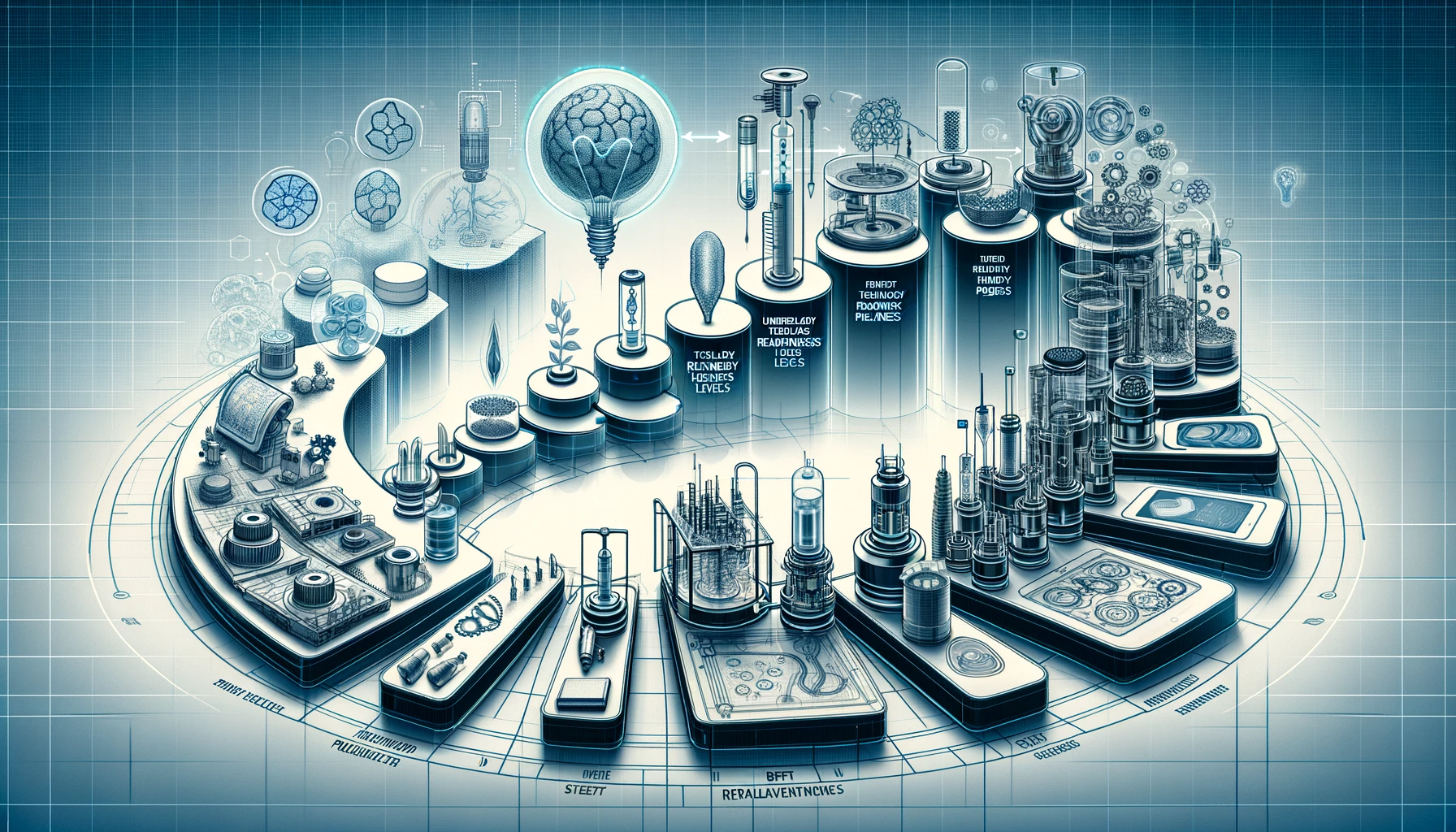The Randomness in EIC Accelerator’s Evaluation: Frustration and Lack of Accountability
Introduction: The Unpredictability of EIC Accelerator’s Evaluation Process The European Innovation Council (EIC) Accelerator program’s evaluation process, particularly in Steps 1 and 2, is fraught with unpredictability and a sense of randomness, leading to frustration among applicants. The lack of clear consequences for evaluators who provide inconsistent, incorrect, or uninformed assessments exacerbates this issue. The “Luck Factor” in Project Selection Applicants have reported instances where resubmitted proposals with minimal or no changes succeeded, undermining the credibility of the process. This randomness, dubbed the “luck factor,” is a significant determinant in the selection of high-quality proposals. This inconsistency is further highlighted by cases where companies are rejected for raising a certain amount of funding, while others are selected despite having raised significantly more. Lack of Accountability and Inconsistent Feedback The EIC Accelerator program lacks a mechanism to hold evaluators accountable for the consistency of their assessments. Rejected applicants are generally not motivated to publicize their rejections, leading to a lack of transparency in the evaluation process. This situation leaves professional consultants and writers as the primary collectors of case studies detailing these inconsistencies. Proposal Resubmission: A Testimony to Randomness Historically, many projects required multiple submissions (3 to 5 attempts) before being funded, suggesting that the evaluation process is too random to yield consistent and desirable results. Despite improvements in evaluator feedback post-2020, the randomness remains a significant issue. Potential Solutions to Mitigate Randomness Evaluator and Jury Member Accountability: Implementing a system where evaluators and jury members are assessed based on their decision accuracy could mitigate some of these issues. For example, a ‘strike’ system could be introduced for evaluators who incorrectly assess projects, with strikes assigned for inconsistent grading compared to later stages. Enhanced Communication and Consistency: Improved communication between remote evaluators of Steps 1 and 2 and the Step 3 jury members, who have different backgrounds and funding criteria, could help. Ensuring consistency in rejection reasons across all evaluation steps would also reduce randomness. Publicizing Detailed Evaluation Criteria and Results: More transparent communication of evaluation criteria and detailed, anonymized results of evaluations could provide applicants with clearer expectations and reduce the element of surprise in decisions. Conclusion: Addressing the Randomness for Better Outcomes The randomness in the EIC Accelerator’s evaluation process presents a significant challenge that needs addressing. Introducing accountability measures for evaluators and ensuring consistency and transparency in the evaluation process are crucial steps towards making the EIC Accelerator a more fair and reliable funding opportunity for European innovators.











